Review by Pete Vack
If you own a Ferrari, Maserati, Lancia, Abarth, any Etceterini, Alfa Romeo, Fiat or even OM, it might be beneficial to bone up on the history of Fiat as a parent company. A good time to do it as well, for 2019 marks the 120th anniversary of Fiat.
In conjunction with the anniversary celebrations, Fiat introduced a new electric car, the Concept Centoventi, at the Geneva show, which “perfectly expresses the Italian brand’s idea of electric mass mobility in the near future.” Looking back Fiat will also open their new Heritage Museum and hopefully we’ll get Jonathan Sharp to Turin to tell us all about the new exhibition in the near future.
Right on time for all of this is David Beare’s profusely illustrated history of Fiat in two volumes, the first major Fiat history in English since Michael Sedgwick’s landmark history of Fiat in 1972. While Sedgwick’s book was long on prose and short on pictures, Beare’s work is the opposite, with so many great and colorful illustrations to make that long history come alive. We have chosen to use some of the many color illustrations from the book to use in this review, but the book abounds with both color and black and white illustrations.
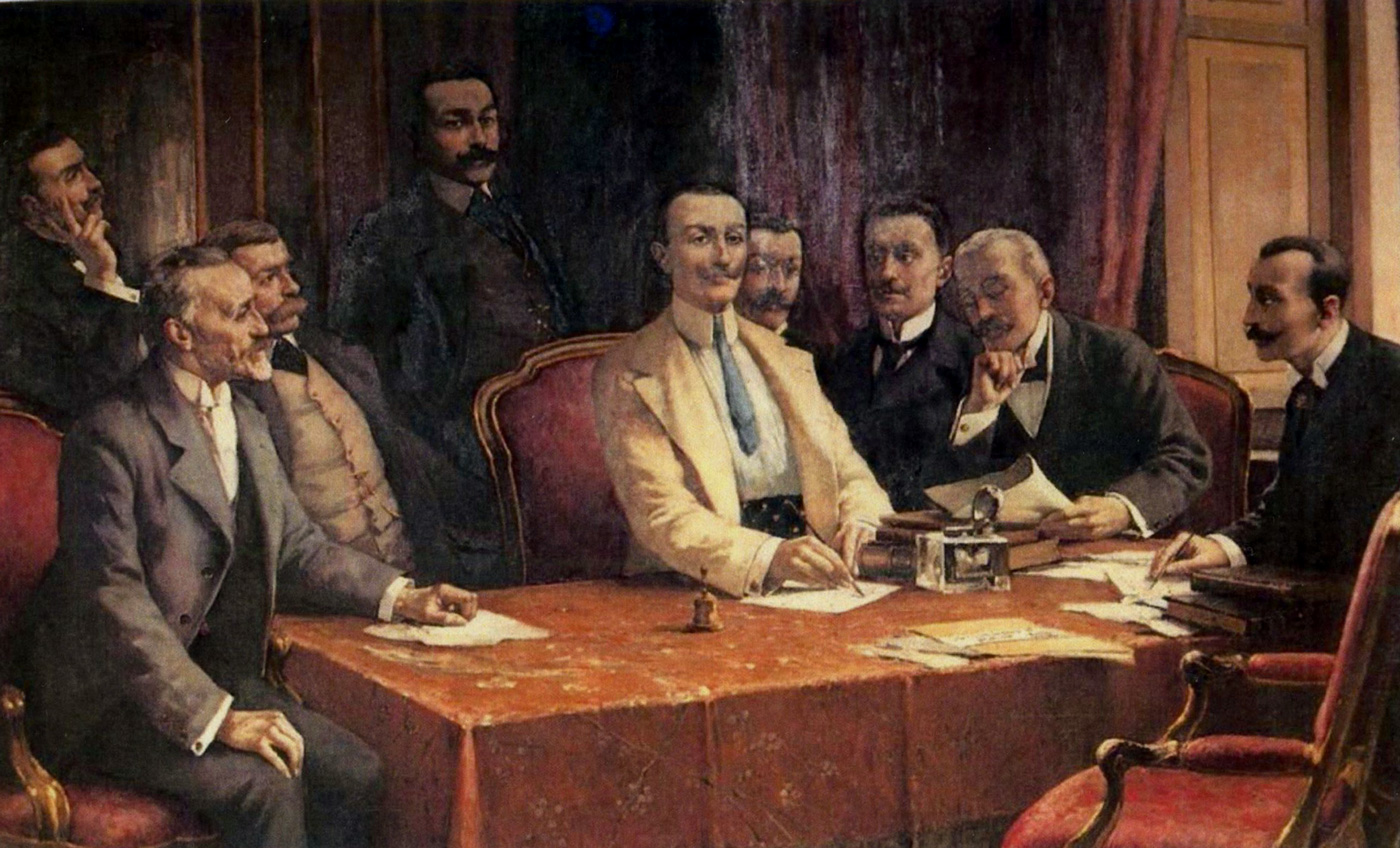
Delleani’s painting showing the moment on July 11th, 1899, when Fiat was founded. Left to right, sitting: Count Roberto Biscaretti, Avvocato Cesare Racca, Count Emanuele Bricherasio, Michele Ceirano,Giovanni Agnelli, Ludovico Scarfiotti and Marchese Ferrero.
It is an interesting and compelling history. Fiat grew and prospered through two world wars, the great depression, a brutal dictatorship, postwar revolution, followed by an economic growth that was unparalleled in history, the threat of a Japanese automotive invasion, further social unrest and finally, capitalized on the European Common Market. Fiat was never bought out by competitors or governments, diversified with wisdom and responsibility, created a worldwide market for their products, and continued to provide those markets with excellent and often superbly designed and conceived automotive products for all classes of buyers. And, as Sedgwick liked to say – out of earshot of Fiat bosses – Fiat was (and still is) Italy.
Therefore, it is impossible, or at the very least, irresponsible, if when composing such a history, to not include an ample amount of the political and social history of the times. Beare rightly believes that “any history, political, social, or technical-is a series of events linked in a web by cause and effect…and should be studied in the context of the time, not in isolation.” In both of his previous histories, Hispano Suiza and Pegaso, Pegaso and Ricart, (2016), and Panhard, the flat twin cars 1945-1967, and their origins, Beare provided the reader with social and political backgrounds. This of course is unusual for automotive books, but as Beare states, one can choose to ignore the background and concentrate on the technical or automotive side.
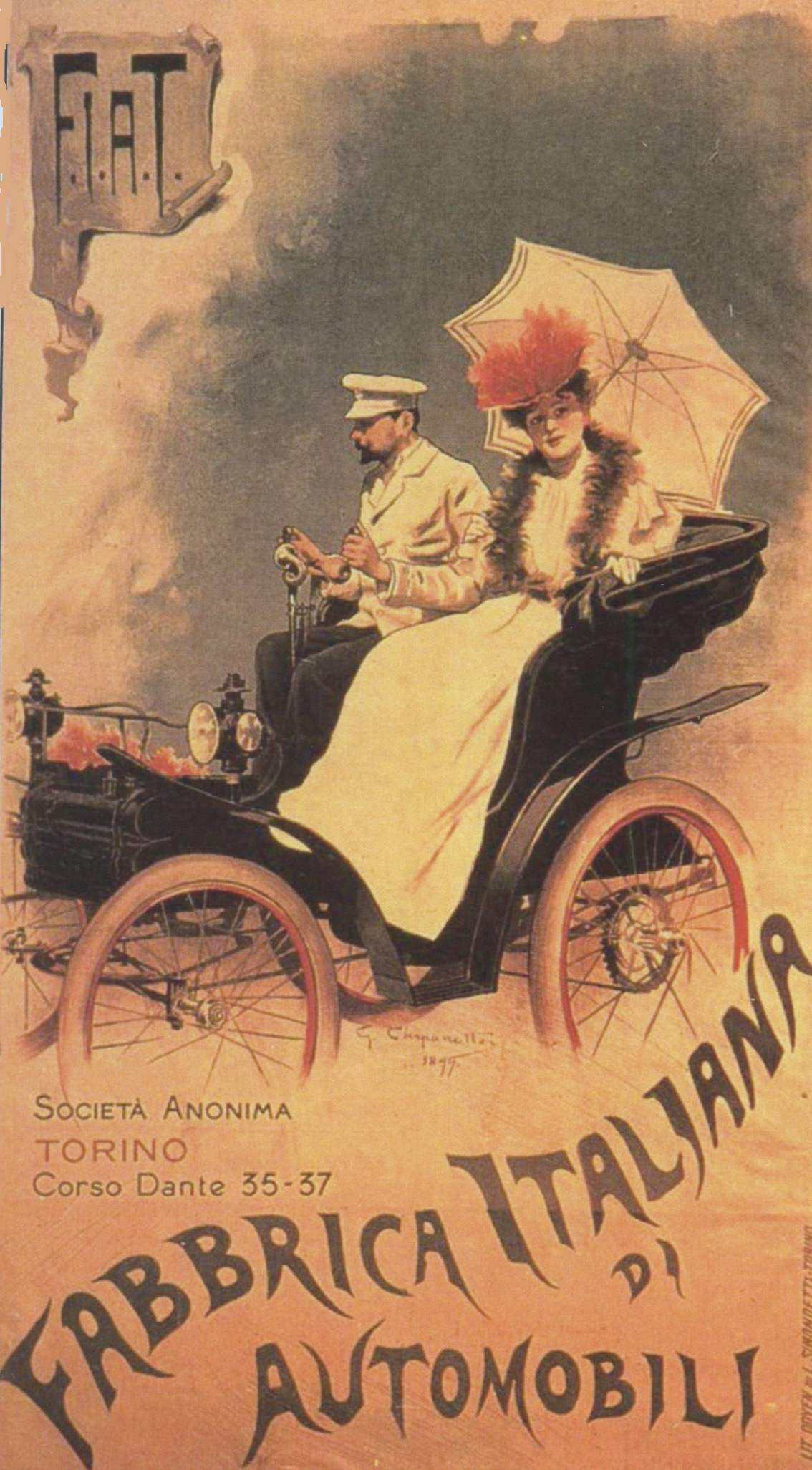
The use of artistic posters and ads began in 1899 with artist Giovanni Carpenetto. Beare’s book makes use of these colorful ads throughout the book.
As with his other works, Beare provides many images throughout the book to help one through the myriad of issues that faced the automaker. Beare finds a painting by Lorenzo Delleani which shows the moment that the Fiat founders signed the Articles of Association on July 11th 1899, and publishes it in color. He finds the first Fiat advertising poster from 1899 by Giovanni Carpenetto, which began a future trend for Fiat advertising. Beare uses this beautiful and fascinating full color posters throughout Volume 1 to good effect.

A shot heard round the world. 28th June, 1914, Achduke Franz Ferdinand and his wife Sophie are assassinated by Gavrilo Princip.
Likewise, there is a painting from the Italian newspaper Domenica del Corriere which catches the moment when Archduke Franz Ferdinand and his wife were assassinated, beginning the crisis which led to the First World War.
Beare doesn’t miss a beat either, as he includes Fiat’s involvement with military equipment and aircraft – businesses which helped keep Fiat alive during the depression years and throughout WWII. The downside was the bombing of the Fiat factories including Lingotto.
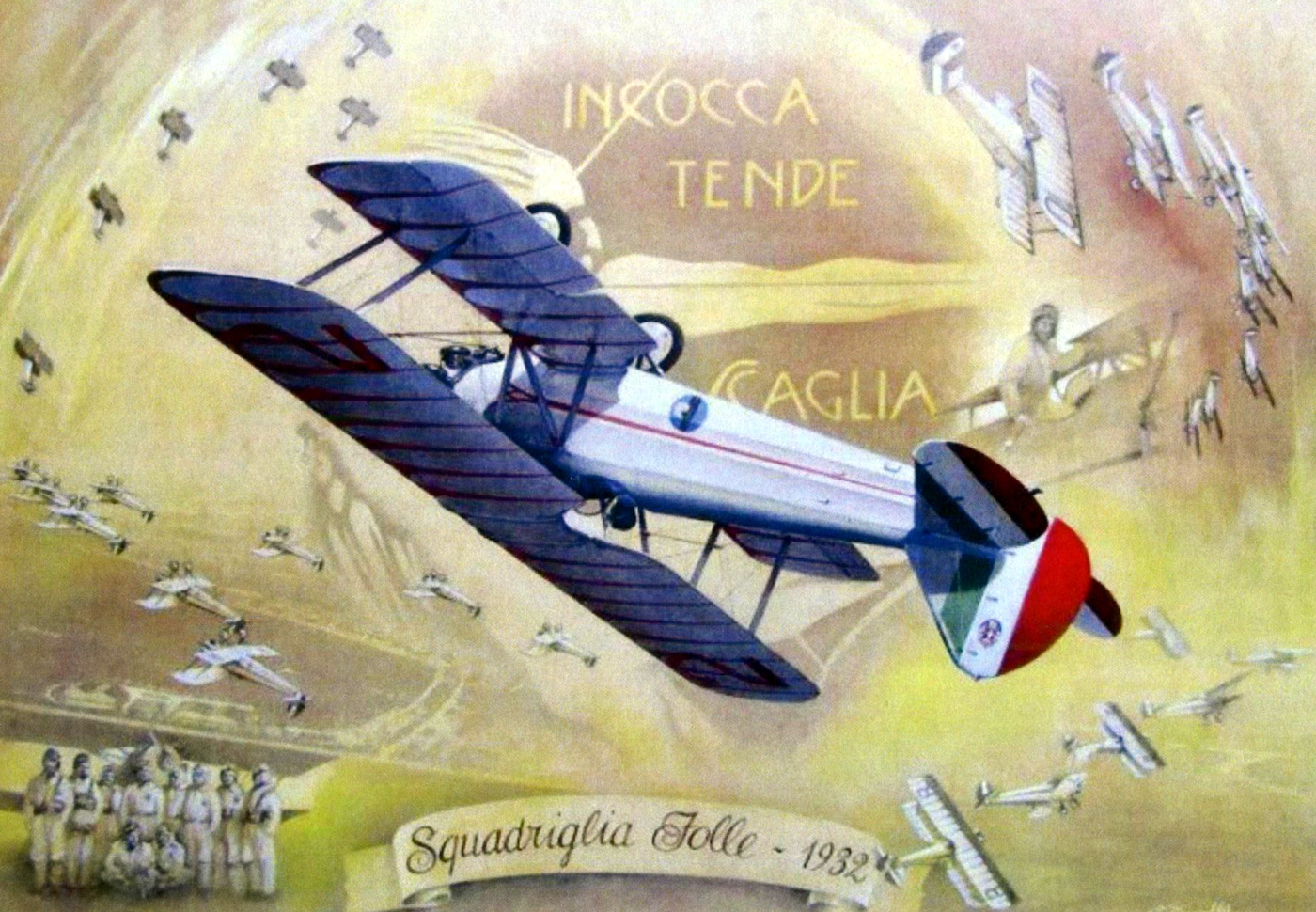
Beare doesn’t forget Fiat’s signficant contrbituions to air power. In this illustration from 1930, the Fiat CR.20 planes of the Squadriglia Folle (crazy squadron) are depicted.
As in most cases, here Beare is fair to remind the reader that Allied bombings of Italian cities such as Turin and Milan also destroyed monuments and killed civilians, perhaps offset by the fact that the Marshall Plan after the war was instrumental in getting Italy’s economy moving again and Fiat was its greatest beneficiary.
Volume 1 serves up the first fifty years of Fiat, cutting off at 1949, which not only reflects a half century of motor car design and production but a point at which old construction methods gave way to the new, in the form of the unitary body, and the beginning of truly mass sales as by their own devices, Fiat instigated the economic miracle which put millions of Italians on four wheels.
For Fiat diehards, Beare covers no new ground but his presentation of the facts is not only flawless but easy to digest and to use as a reference. Certain aspects come to light, such as the importance of the Ardita, a successor to the Balilla with a 1758 cc four, followed by the 2 liter version which had 44 hp and could reach 65 mph in sedan form. Beare discusses the pros and cons of the Dubonnet front suspension, which caused Fiat headaches as the oil leaked and they began to wear out very quickly, with the front end wandering about.
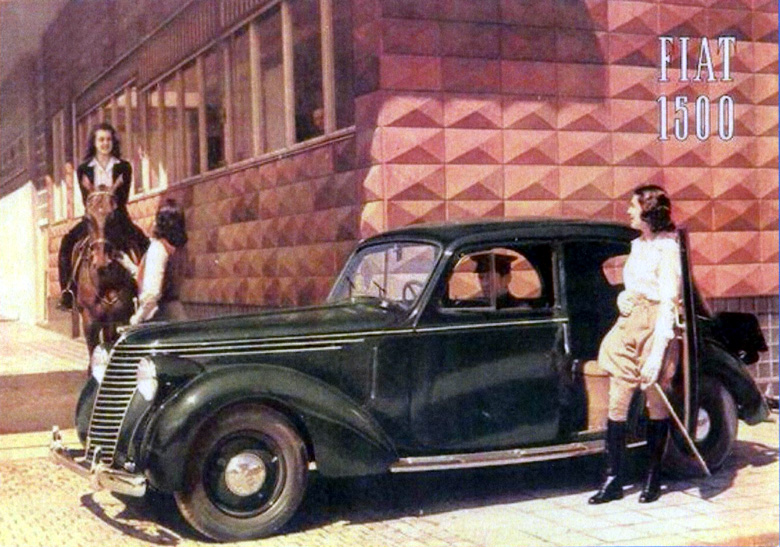
The post WWII era continued with the pre war 1500 series, but the ads reflected a the promise of economic wealth.
Since Beare is British, he takes a look a Fiat from that perspective, bringing in many Autocar road tests, and we find out the meaning of a Noddy car, a name the Brits gave to the 500 when it was introduced in 1936, because it resembled the car illustrated in Enid Blyton’s Noddy & Bigears children’s books of the era.
Is it a good reference work? As reviewers, we immediately look at each new book from the back, to check for notes, bibliography and index. Beare’s book: Image Credits, check, References and sources, check. Bibliography, check. Index, not, which should be easy in this day and age. A B+ though and we are thankful for noting sources! David says the complete index will be included in Volume 2, due out by the end of 2019.
The down side? All too often we see books with few illustrations, and the Sedgwick Fiat history is a case in point. David Beare’s effort goes the other way, with too many illustrations both black and white and color, which often make it difficult for the text to flow smoothly. Goes to show you you just can’t please the reviewers!
Book and ordering information:
Publisher: Stinkwheel Publishing, 2019
Treddol, Chirbury Road, Montgomery SY 15 6QW
Order from www.stinkwheel.co.uk
Fiat: The First Fifty Years Vol. 1 by David Beare
ISBN 978-0-9547363-7-8
Soft cover, 137 pages, 95 color images, approximately 200 B&W
£28 plus £8.50 airmail to U.S.
Read our reviews of Beare’s other books:
https://velocetoday.com/pegaso-and-ricart-a-new-book-on-pegaso/
https://velocetoday.com/hispano-suiza-and-pegaso-reviewed/
https://velocetoday.com/panhard-the-flat-twin-cars/
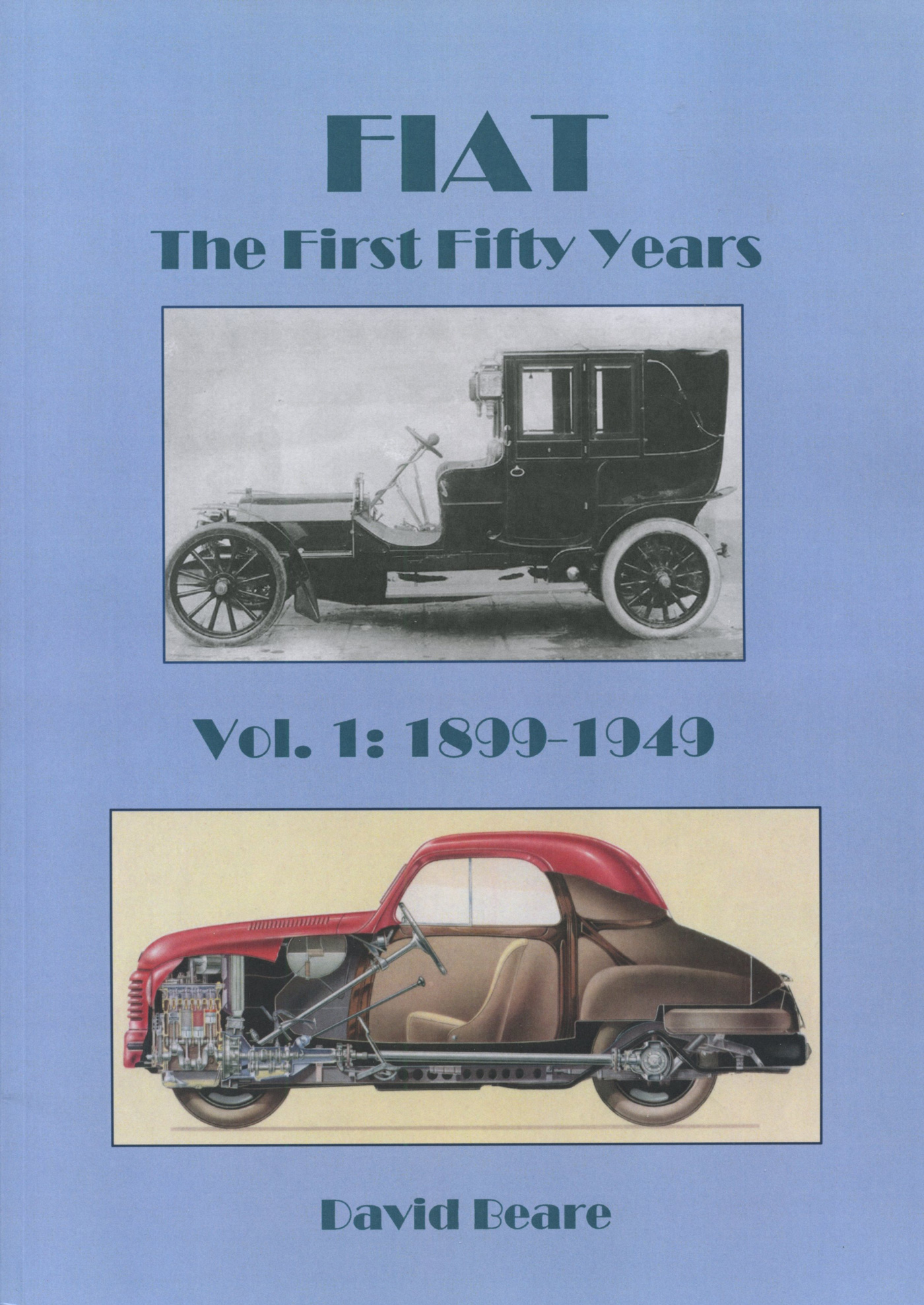

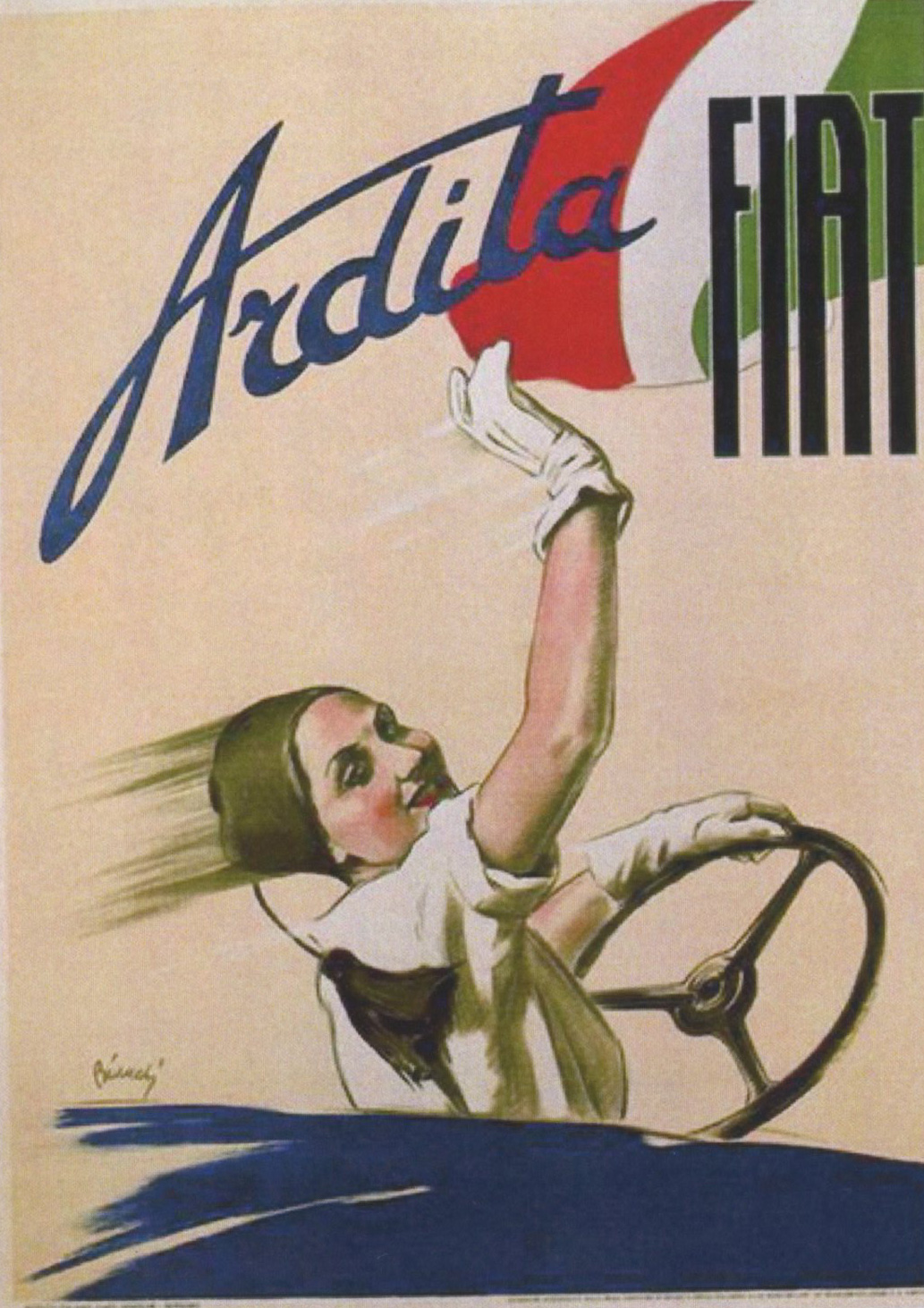
Typo in Mr Beare’s address. Chirbury.
Peter, thanks and we corrected…
Pete
Is Vol I the only one available now? Can they be purchased in as a set? I can’t find Vol II on the publisher website?